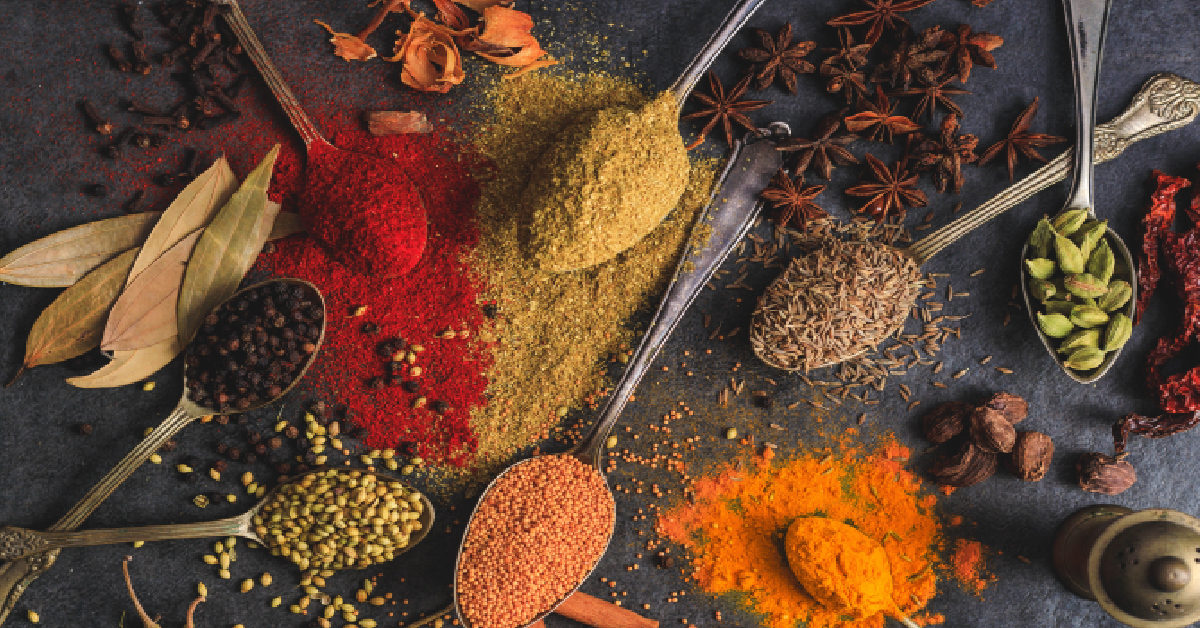If you take a look inside any kitchen cupboard across the country, chances are you’ll find a little bottle labeled “allspice.”
Allspice is one of those kitchen staples that you just have to have, especially if you’re into baking. I’m no baker by any means, but the few times that I’ve tried – whether it’s been apple pie, pumpkin pie, carrot cake, etc., – it seems like allspice is a reoccurring ingredient.

Despite its prevalence, many people are unsure what it’s actually made of. In fact, if you’ve ever asked yourself that question you’re not alone. As it turns out, search engine analytics have shown that it’s a frequently asked question on Google as thousands of people are curious as to what exactly allspice is, according to IFLScience.
It might be even more surprising to find that it’s not actually a blend of numerous spices as many might have been led to believe.

Instead, it actually comes from a specific tree – the Pimenta dioica – found in the tropical parts of Central America, according to Britannica. The berries from that tree are ground up in order to produce allspice.
While it might be originally from the tropical regions of Central America, it will grow in any warm climate, so it’s no surprise that it has become a staple of many different cuisines, such as Mexican, Middle Eastern, or Caribbean cuisine.

It has also made its way into many European recipes like Swedish meatballs and Portuguese stews. It is also known by several other names, such as Jamaica pepper, myrtle pepper, or pimento. In Poland, it’s known as ziele angielskie, or “English spice.”
But where did the name allspice originate exactly? Well, according to IFLScience, it is believed that the term was coined by European colonizers because it felt like a combination of flavors of other spices they were already familiar with, such as cinnamon, nutmeg, and clove.
Interesting history of one of your spice rack’s enigmas, don’t you think?













